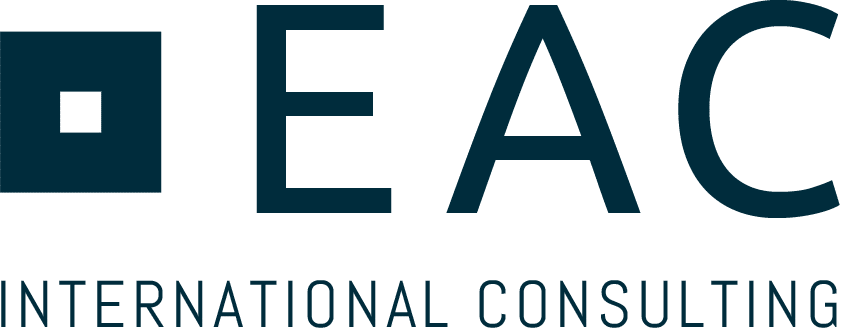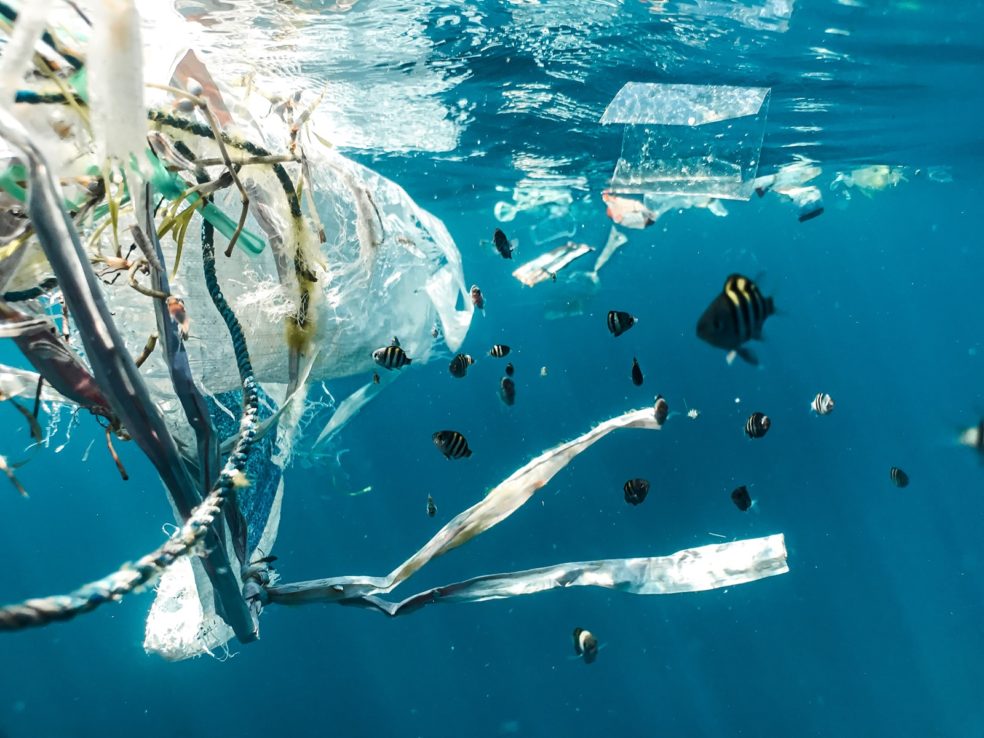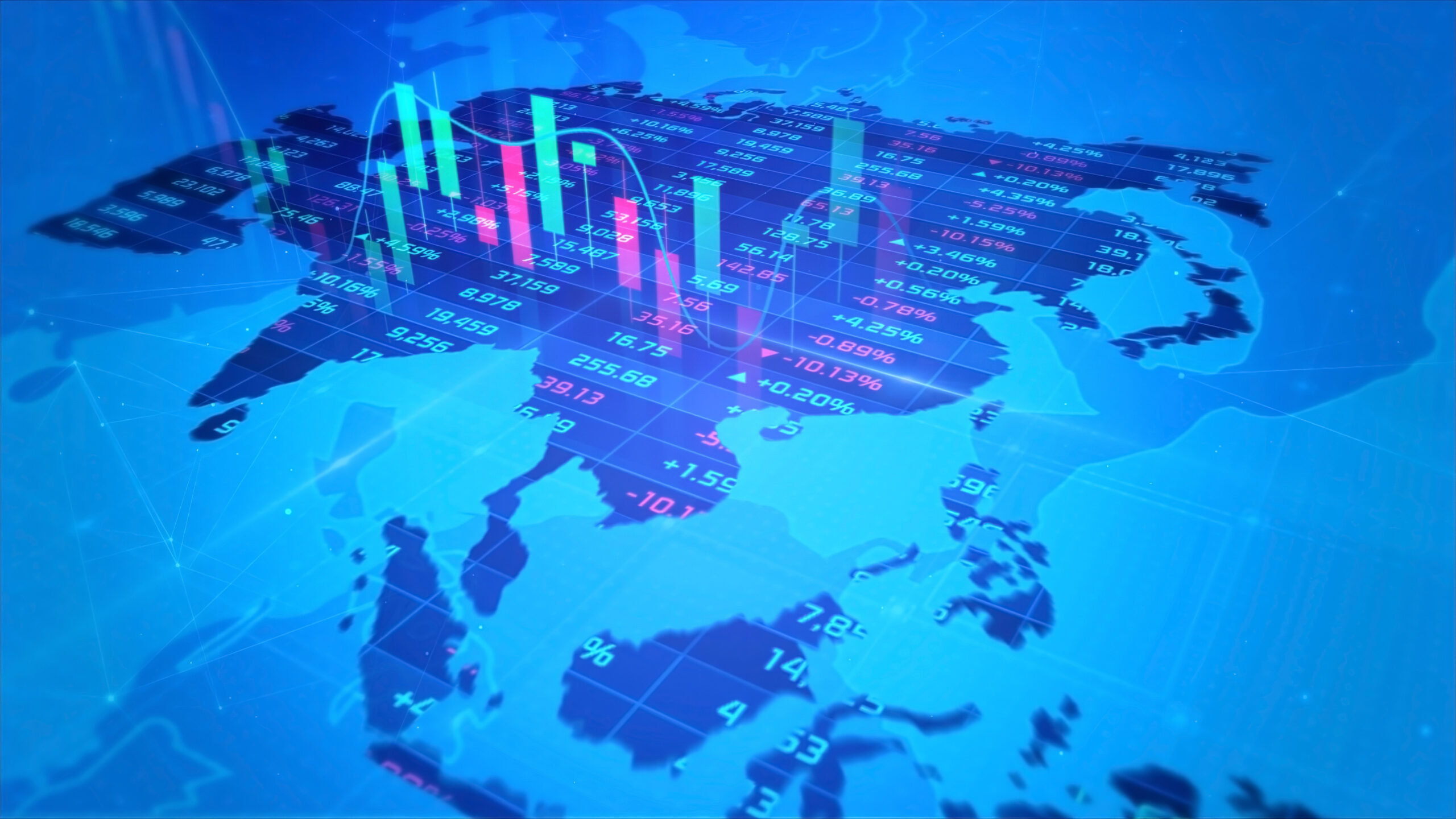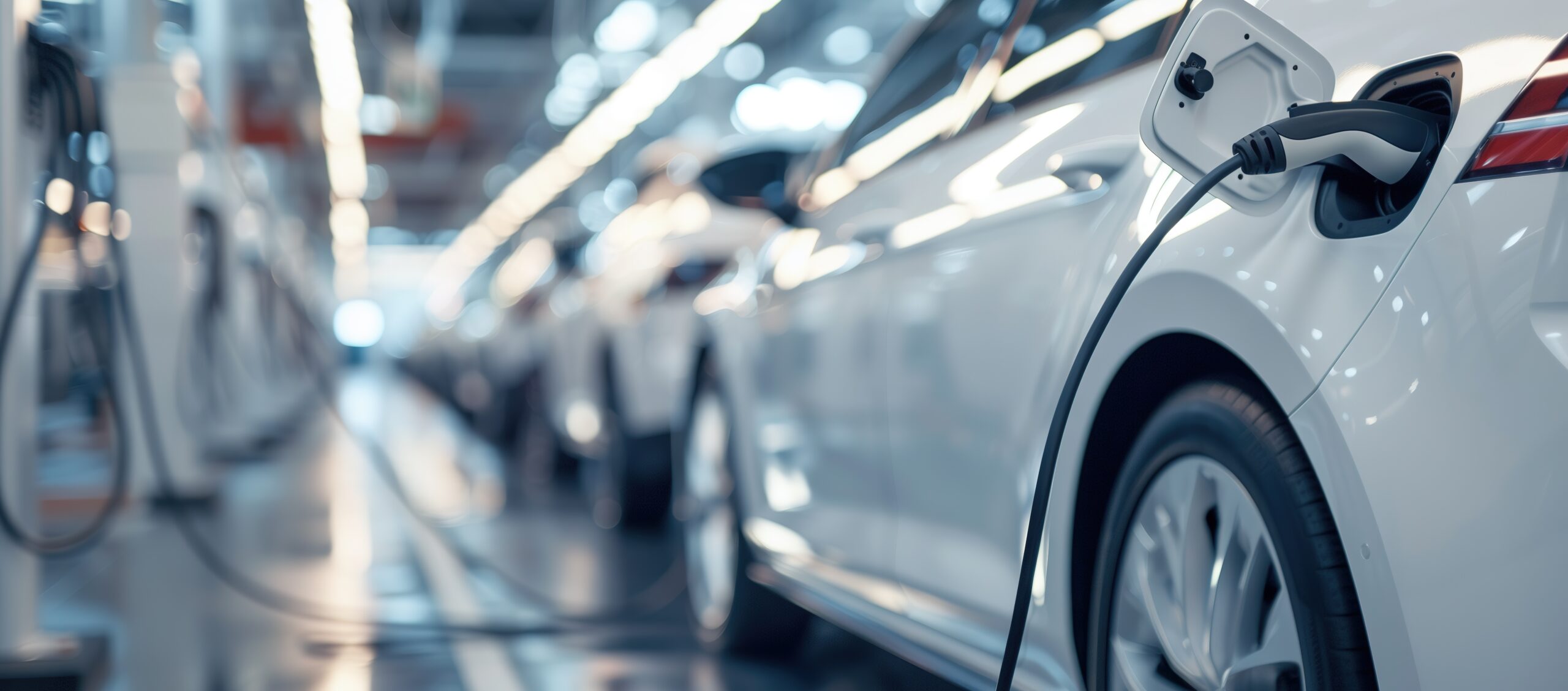Quo Vadis Biodegradable Plastics Industry in China?
Environmental Background
This year in May, the Ministry of Ecology and Environment released a brief report on environmental status-quo of China’s marine ecosystems. It concluded that the environmental performances are generally good, with medium- to low-level floating garbage of ~3.6 kg/km2 on average, while the water quality of estuaries and bays is less than satisfactory, with 21 thousand km2 of sea area of inferior water quality. Plastic is the main pollutant, accounting for 93%, 83% and 76% of floating, beach and submarine debris.

China’s Anti-plastic Regulations
To deal with ‘white pollution’, China issued a nation-wide ban against production, sale & use of ultra-thin plastic bags, and a paid-to-use system has entered into force for plastic bags since June 1, 2008.
At the end of 2017, China introduced a "foreign waste ban", banning 24 types of solid waste in four categories from entering the country, which has dramatically reshaped the cross-border movement of plastic waste internationally. On January 19, 2020, a new version of the ban aimed at reversing the situation of plastic pollution in China was issued and by this time, import of waste plastic was completely banned.
In 2020, several Chinese provinces banned non-degradable plastic shopping bags, and since January 1, 2021, a nationwide ban of plastic straws has entered into force on. Most recently, national standards related to labelling requirements and biodegradable drinking straws were implemented on June 1, 2022.
Products & Key Players of Biodegradable Plastics Industry in China
The degradable plastic industry is emerging in China while its commercialization is still at early stage with only a few non-medical products achieving large-scale commercial production and application, including Polylactic acid (PLA), Polybutyrate adipate terephthalate (PBAT), Polybutylene succinate (PBS), etc.
Several key players are contributing to China’s biodegradable plastic industry, including:
- Kinfa Sci & Tec
- PBAT – 180 thousand tons/yr in 2021; PLA – 30 thousand tons/yr for 2022 (under construction)
- By 2030, 1 million tons of biodegradable plastics & 1 million tons of recycled plastics
- Red Avenue New Materials: PBAT – 100 thousand tons/yr (under construction)
- Tidetron: PBS – 1 million tons/yr (planned)
Key Challenges for the Future
- Cost is one of the key challenges for biodegradable plastics, and their performances are not as good as normal plastics making them only suitable for disposal products.
- Low differentiability makes it difficult for end consumers to separate degradable and normal plastic bags, and most of the cities don’t have a dedicated recycling system for this purpose. This leads degradable plastic bags to the same end as normal ones, i.e., go to landfills or are burned.
- Even if separated, the process of degradation generally needs complex conditions which practically makes some of the degradable products ‘undegradable’.
A comprehensive strategy and roadmap for degradable and circular products & supply chain is essential for overcoming the above challenges so that to embracing a sustainable future.
____________
Read more about EAC can support your local operations to transform sustainability into a competitive advantage with implementable solutions HERE.





